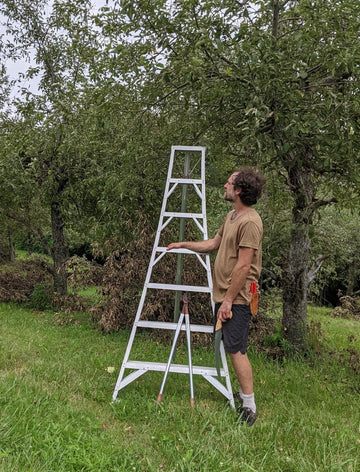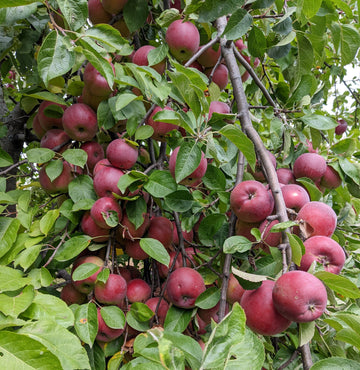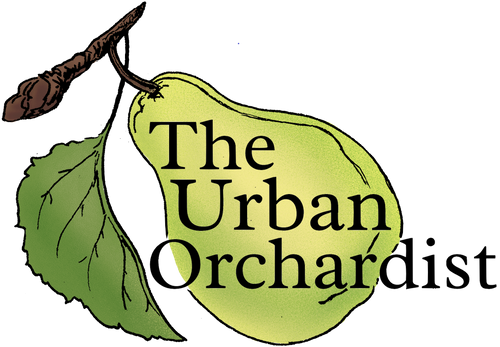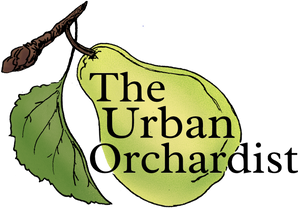Services

What I offer
I work on all aspects of fruit tree care. Whether you’d like help pruning an old apple tree, diagnosing a tree disease, designing your home food forest, or developing a year-round orchard management plan, I’d love to hear from you. You can leave all the work to me, or I can teach you to be a more knowledgeable and skilled fruit tree owner.
For many clients an in-depth home consult is a good first step. I assess your site and your goals, identify the best way to support your unique situation, and share practical tips and skills. These consults usually take about an hour, and are followed up with an email to share relevant resources.
My Fee
My fee is $75/hr, with a $0.55/km travel fee for jobs >20 km from Guelph. If you are inquiring about a large job or ongoing pruning work I’m happy to have a short chat and offer a free estimate. I’m covered by insurance.
My hourly fee is about as much as a good-quality fruit tree costs. Consider it an insurance policy that improves your fruit tree’s chance at living a long and productive life.
Contact me via the link below and let me know more about your situation, and we’ll go from there.

Fruit Tree Pruning
Pruning a fruit tree is always a multi-faceted process that integrates with design, pest & pathogen identification and control, and other consulting aspects. It is a central part of my craft, and is informed by many variables - the owner’s access and management needs, the fruit tree’s site and soil type, and the unique differences to each species, cultivar, and rootstock. It’s a chance to be up close and personal with the tree, to notice fine details, and to think several years ahead. I see it as both a science and an art.
Key reasons to prune:
- develop a strong, productive branch structure
- enable maximum interception of sunlight
- reduce disease pressure
- improve fruit quality
- control height
- make harvesting easier
It gets more complex when we consider different pruning strategies, but those considerations govern the basic approach.
See if you can notice some differences between the before and after pictures below:
You may notice:
- Some of the lowest branches are removed or shortened (ease of management for mowing below, and getting close the tree)
- The tallest branches were shortened (ease of access for harvesting and pest control)
- The centre of the tree was opened up (more airflow and sunlight = less hospitable to pests and pathogens)
- After pruning the whole tree is less thick with foliage (direct sunlight helps fruit ripen, improved spray coverage if spraying for a pest or disease)
- And I may be biased, but I find a well-pruned tree looks more inviting, beautiful, and well-cared for.
Beyond these introductory points, there are many aspects of fruit tree care running through my mind as I inspect and prune a tree.





